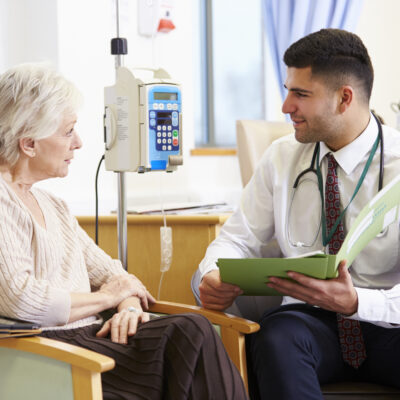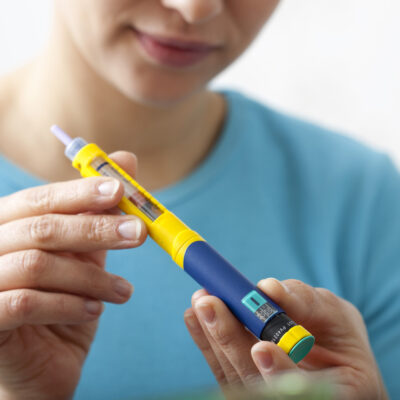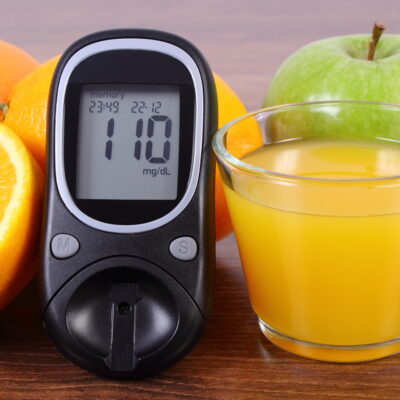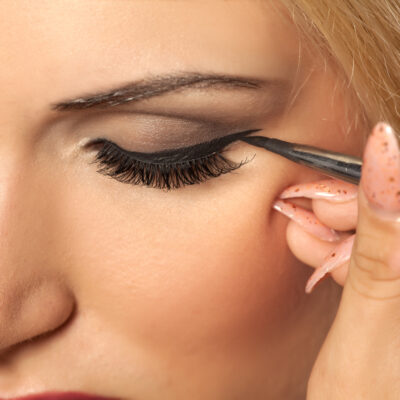
Health
Preventive measures for deep vein thrombosis
Deep vein thrombosis develops when there are blood clots within the deep veins of the legs or other areas of the body. When this happens, the blood flow in the veins slows down and causes the vein to swell. If a piece of a clot breaks free and moves through the blood vessels to the lungs, it results in serious complications, which can be fatal. It is important to be aware of the factors that can increase the risk of deep vein thrombosis. As well as to undertake certain measures for its prevention accordingly in the following instances: 1. Before and after surgery Surgical procedures and certain medical treatments can increase the risk of developing deep vein thrombosis. So, your risk of developing a blood clot and the kind of preventive measures to be taken should be assessed by the healthcare team: There’s less risk of getting deep vein thrombosis when local anesthesia is administered instead of general anesthesia. Certain preventive medications may be prescribed by the doctor to prevent the formation of blood clots before or after surgery. You also may be asked to stop certain medications before surgery. Special elastic stockings or inflatable boots are usually provided by the hospital.
Read More 















